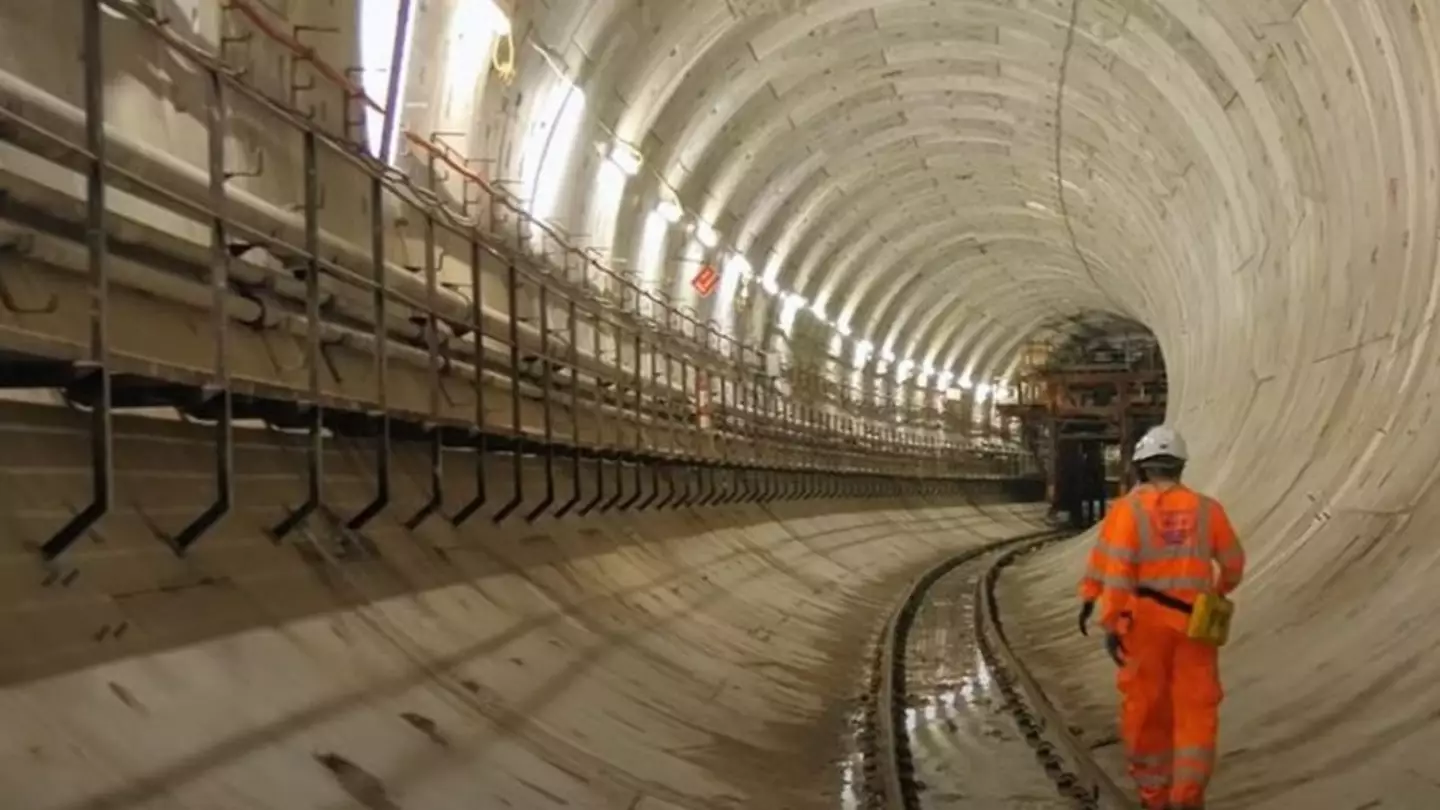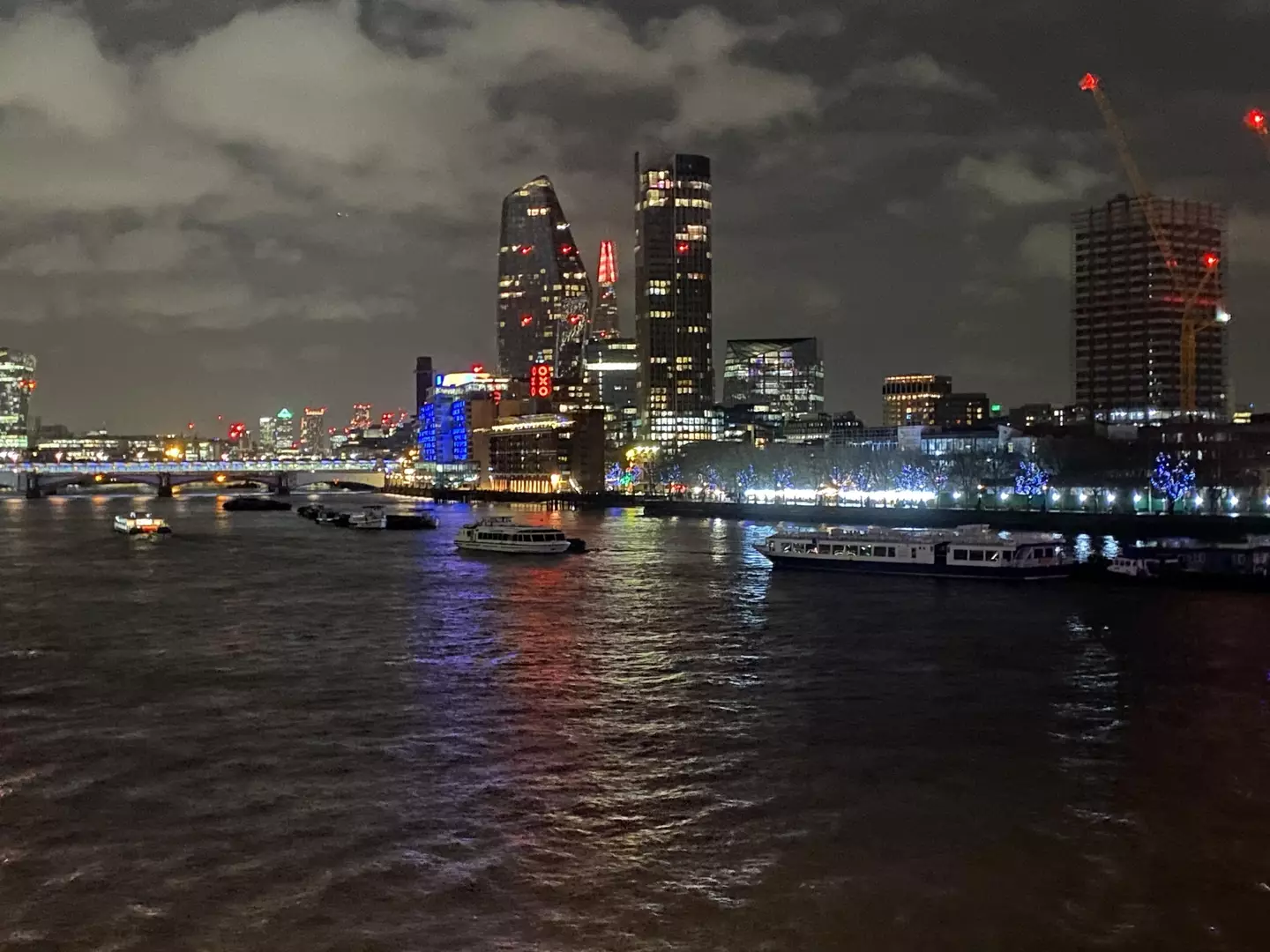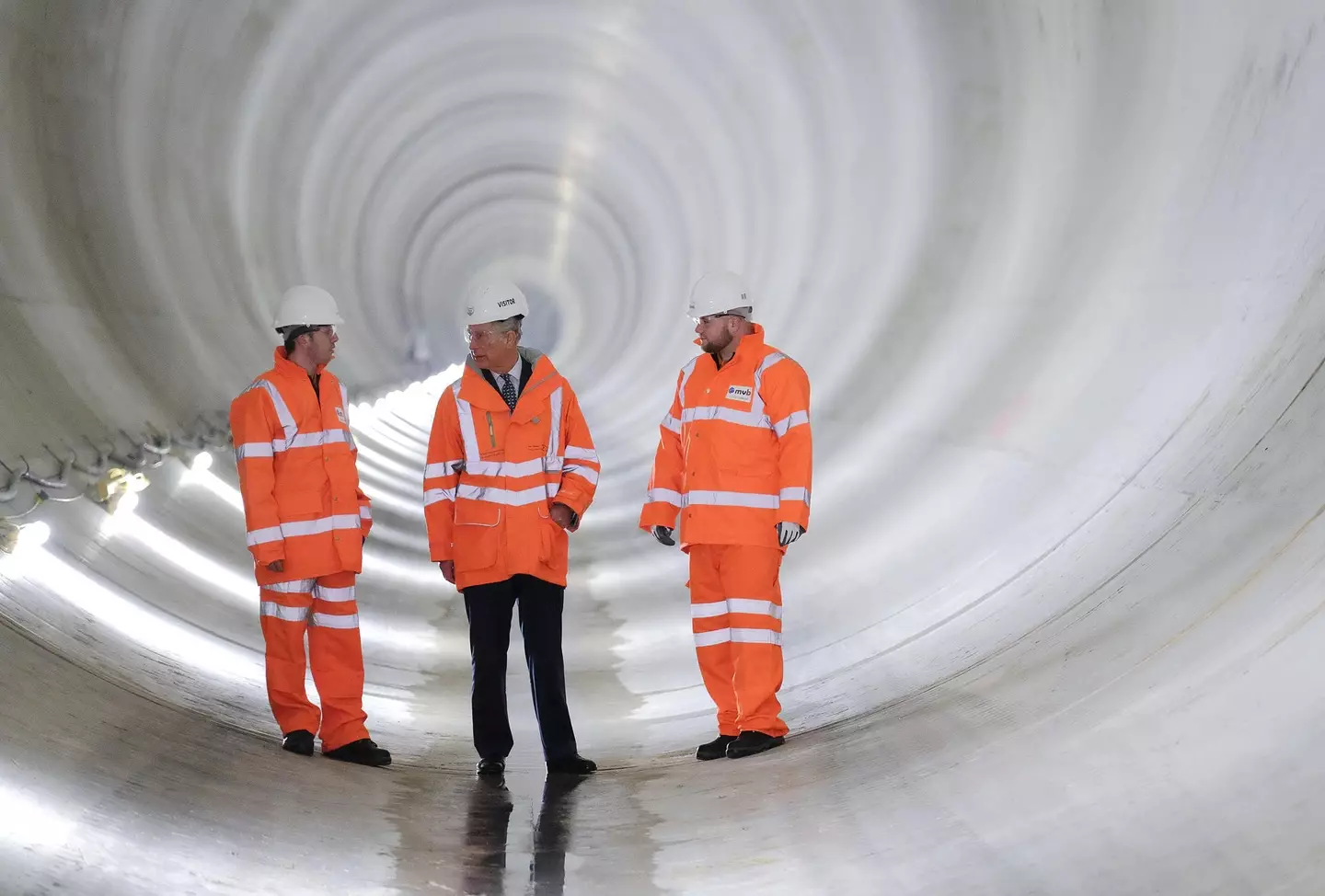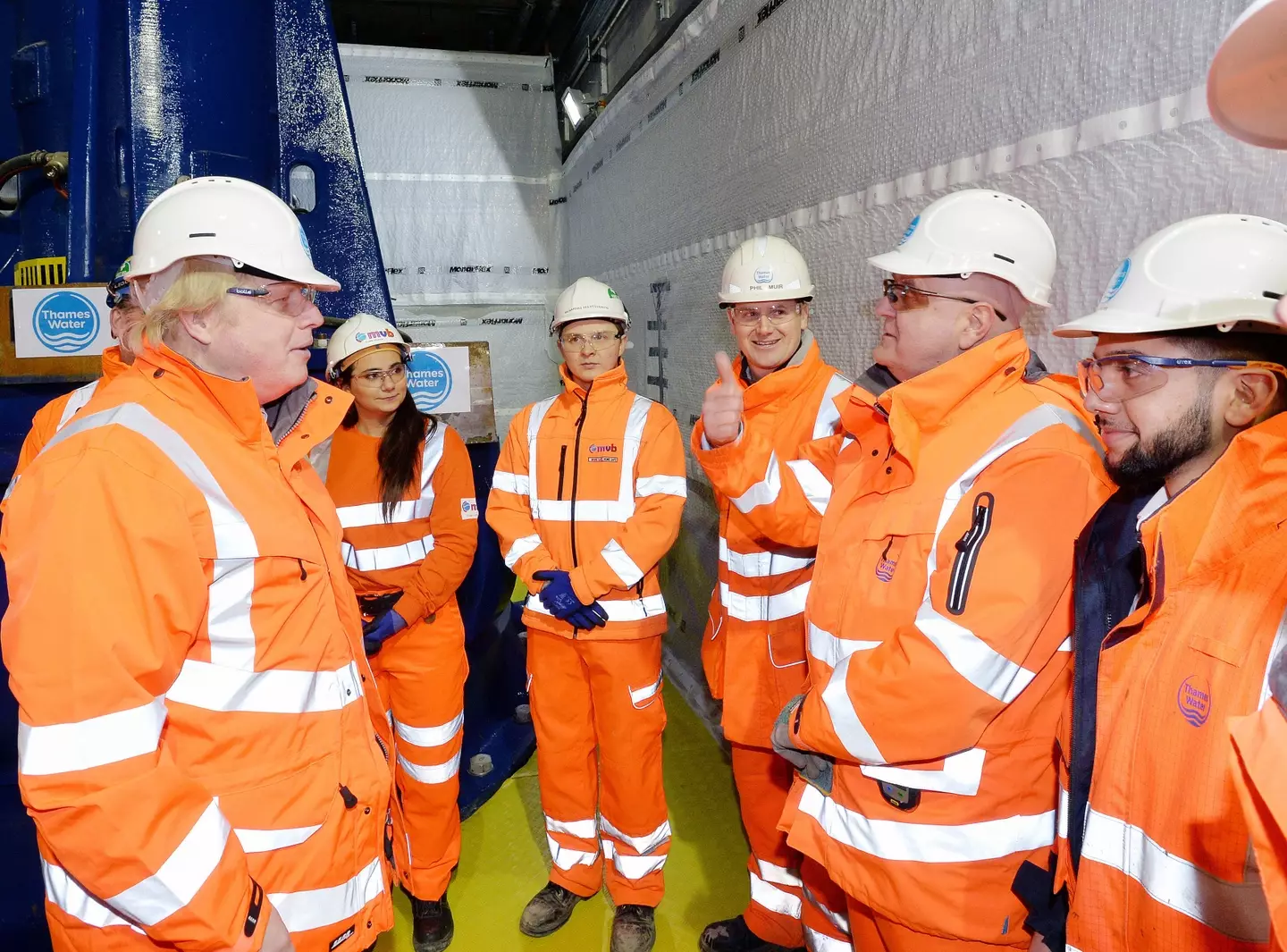
A tunnel which runs through London for more than four miles at a depth of 80 metres does a very important job, although few people know about it.
Beneath the streets lies a network of tunnels used for the London Underground, as well as water and sewage.
But one tunnel that few Londoners know exists is in east London that is even deeper than the Tube which, at its deepest point at Hampstead Station, is 58.5m below ground.

Advert
The Lee Tunnel – which is also referred to as the Stratford to East Ham deep tunnel – lies 80 metres below the surface and spans 4.3 miles, all the from the Abbey Mill Pumping Station in Stratford to the Beckton Sewage Treatment Works, MyLondon reports.
Opened in 2016 by then-Mayor of London Boris Johnson, the Lee Tunnel has the important, and lovely, task of carrying sewage.
As the deepest tunnel in London, it has been hailed a huge accomplishment in engineering, and helps to prevent tens of millions of raw sewage from being entering the River Thames and River Lea each year.
Thames Water began construction on London’s ‘super sewer’ in 2010 before work on the actual tunnel began in February 2012, ahead of its January 2016 opening.
It cost an estimated £635 million to build.
Advert

Johnson marked the momentous occasion at a rather fitting underground ceremony, where he flushed a toilet to commemorate the launch of the tunnel.
On his visit, Johnson said: “It is an amazing achievement for British engineering.
"It is expensive and I understand people's concerns about that but in the end the real cost, it seems to me, is the cost to our city, to the environment, of not doing it.
"The Victorians were very ambitious - our generation should be similarly ambitious."
Advert

And in the summer of 1858, this gave way to the Great Stink, in which hot weather exacerbated the smell of untreated human waste and industrial wastewater that was present on the banks of the River Thames.
Joseph Bazalgette, a civil engineer, came up with the idea to reinvent the way London dealt with human waste by building London’s first sewer networking which is still in use today.
His efforts helped to wipe out cholera in the city and for that, we are eternally grateful.
Another tunnel, called the Thames Tideway, is currently under construction and will run mostly under the tidal section of the River Thames across Inner London. It is designed to capture and store almost all of the raw sewage and rainwater that currently overflows into the estuary.
Advert
Construction started in 2016 with the aim for its completion to be in 2025, as Covid-19 delayed its original 2024 target date.
